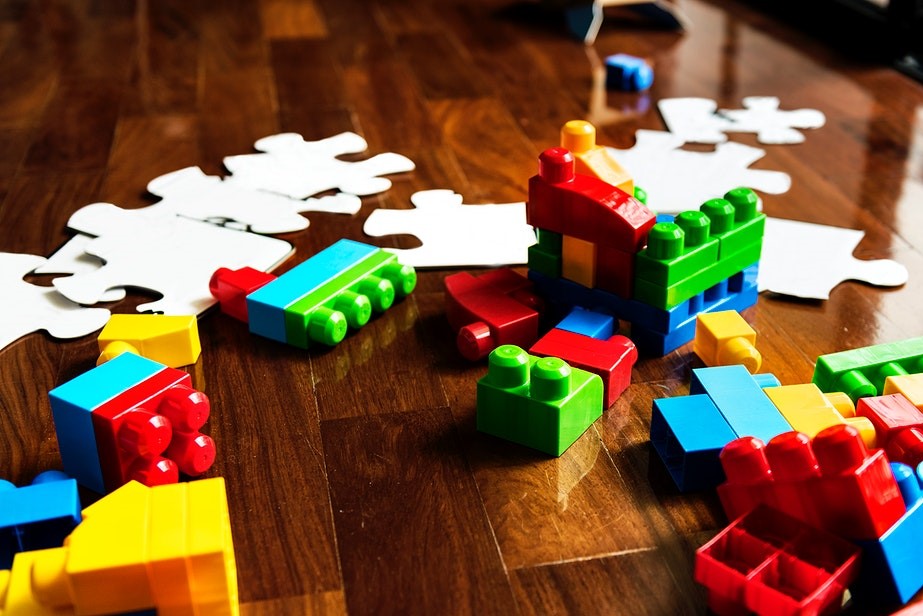Part of the “Best Physical Therapy Toys” Series by Radius Staffing Solutions
As we continue our series on selecting the best and safest physical therapy toys, it’s important to address a crucial aspect that often goes unnoticed—chemical safety. While physical therapy tools for children are essential for motor skill development and recovery, the materials used in these tools must also meet stringent health and safety standards.
With nearly 90% of toys on the market made from plastic, the potential for exposure to harmful chemicals remains high—especially for pediatric patients who are more vulnerable due to age and developmental stage. Toys that are improperly regulated or manufactured in countries with less stringent safety laws may contain substances that pose significant health risks.
Common Toxic Chemicals to Avoid
Lead
Young children frequently explore the world by placing objects in their mouths, making lead exposure through toys particularly hazardous. Even trace amounts of lead—a known neurotoxin and carcinogen—can lead to cognitive impairments, developmental delays, and long-term health issues. Though lead use has declined, it may still be found in older or imported toys, particularly those with painted surfaces or metallic parts. For pediatric therapy settings, lead-free certification should be a non-negotiable standard.
BPA (Bisphenol A)
BPA has been widely used for over four decades to harden plastics and is now detected in the bodies of nearly 90% of adults. For children, exposure is more concerning due to their developing endocrine systems. BPA has been linked to hormone disruption, behavioral changes, and increased risks of cardiovascular issues. When selecting therapy tools, always look for BPA-free labeling to reduce this avoidable exposure.
Phthalates
Phthalates are plasticizers used to make materials more flexible or durable. They are often found in toys made from polyvinyl chloride (PVC), a plastic that has raised numerous safety concerns. Exposure to phthalates has been associated with liver, kidney, and reproductive system complications in animal studies. Fortunately, PVC-free alternatives are increasingly available and clearly marked—an essential consideration when choosing therapy tools for children.
Making Safer Choices
As awareness grows around chemical exposure, manufacturers and regulatory agencies such as the Consumer Product Safety Commission (CPSC) have implemented improved standards. Still, due diligence is key when selecting items for pediatric use.
Here are a few safety-forward tips:
-
Choose BPA- and PVC-free toys clearly marked on packaging.
-
Opt for natural or organic materials like untreated wood, cotton, or silicone.
-
Purchase from reputable brands with a strong commitment to safety compliance.
-
Avoid vintage or second-hand toys, which may not meet current safety guidelines.
-
Look for CPSC certification or seals of approval when available.
At Radius Staffing Solutions, we prioritize health, safety, and excellence—whether we’re staffing pediatric therapists or sharing insights to help you build a safer therapy environment. Stay tuned for the next installment in our Best Physical Therapy Toys series, where we highlight expert-recommended tools designed to support healthy development—safely.











